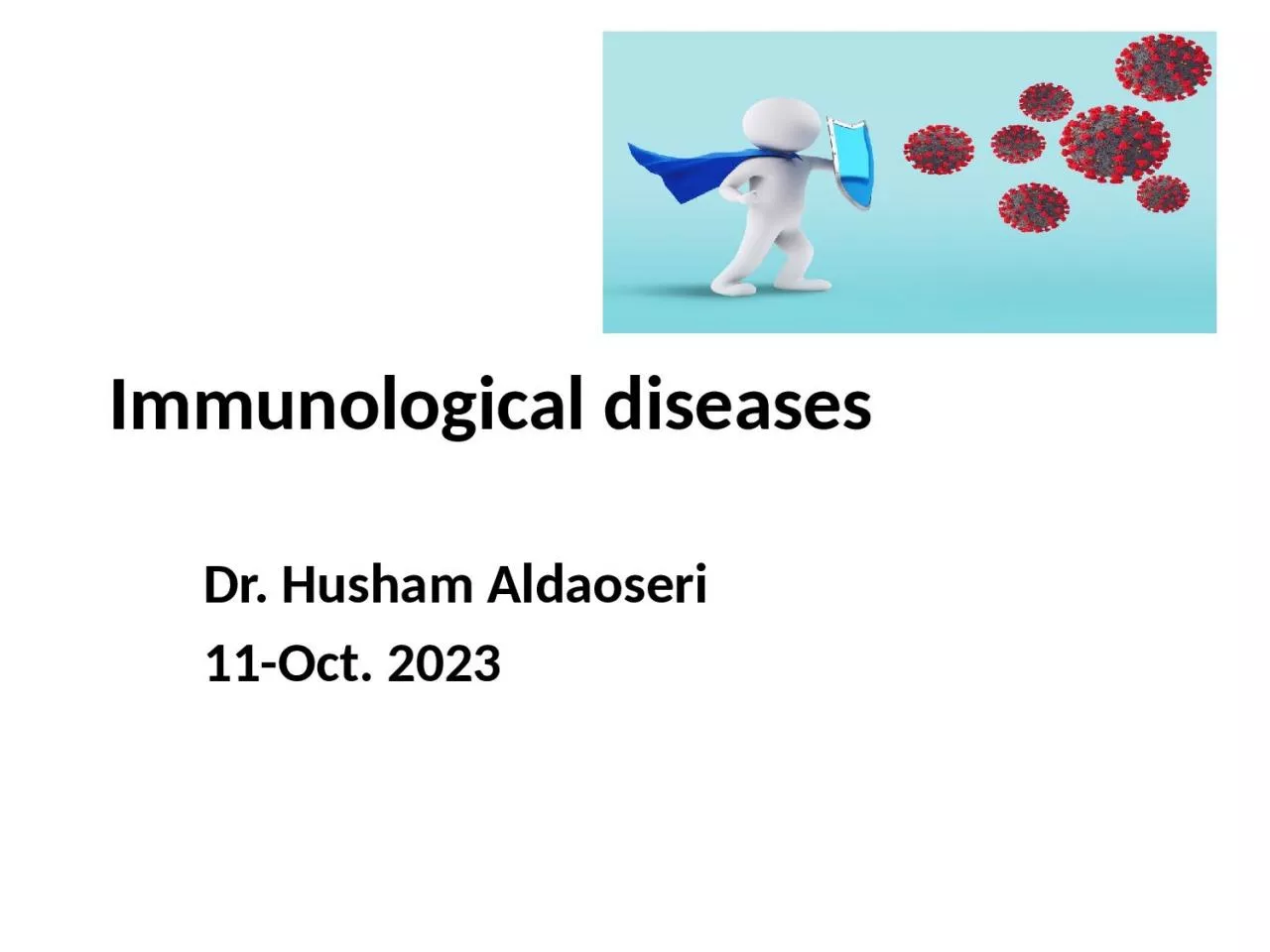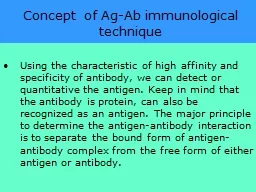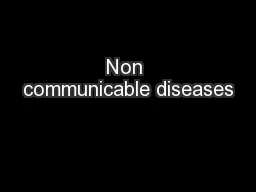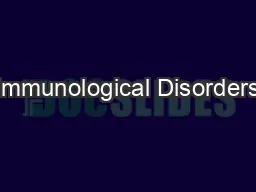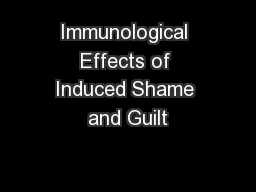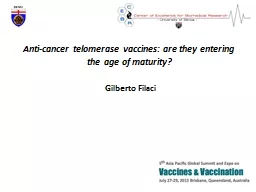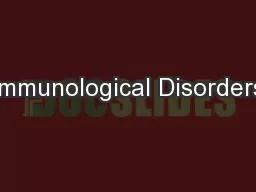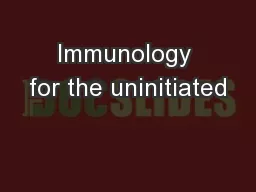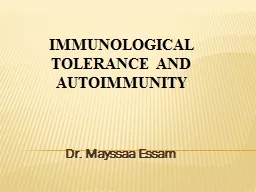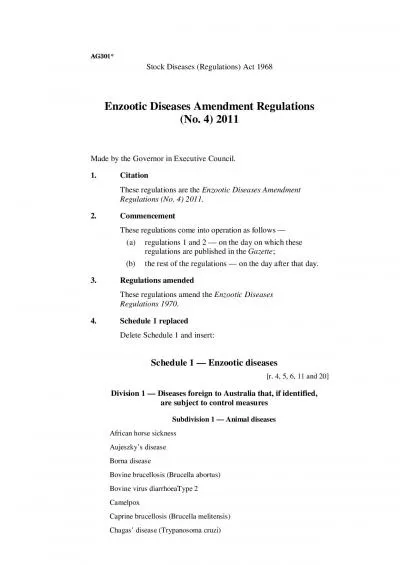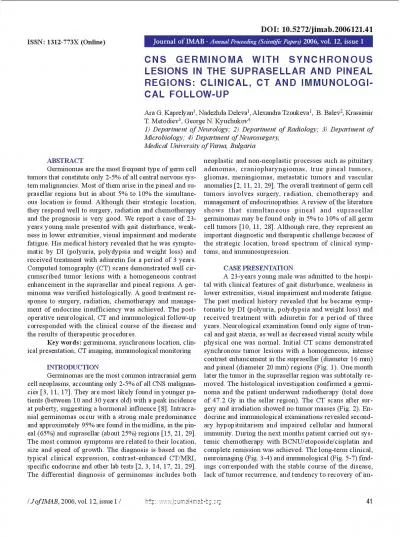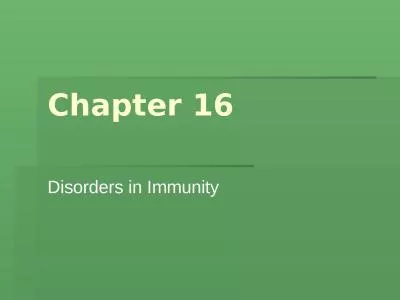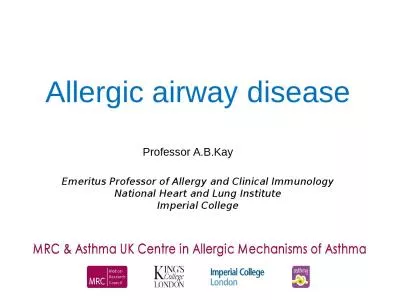PPT-Immunological diseases Dr.
Author : lucinda | Published Date : 2023-11-20
Husham Aldaoseri 11Oct 2023 Innate immunity always present ready to attack many pathogenic microbes have evolved to resist innate immunity Adaptive immunity stimulated
Presentation Embed Code
Download Presentation
Download Presentation The PPT/PDF document "Immunological diseases Dr." is the property of its rightful owner. Permission is granted to download and print the materials on this website for personal, non-commercial use only, and to display it on your personal computer provided you do not modify the materials and that you retain all copyright notices contained in the materials. By downloading content from our website, you accept the terms of this agreement.
Immunological diseases Dr.: Transcript
Download Rules Of Document
"Immunological diseases Dr."The content belongs to its owner. You may download and print it for personal use, without modification, and keep all copyright notices. By downloading, you agree to these terms.
Related Documents

